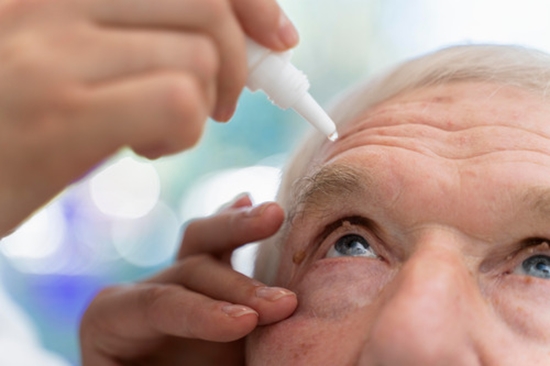A Population-based Study on the Prevalence and Associated Factors of Age-related Macular Degeneration in Northern Iran the Gilan Eye Study
Purpose: To estimate the prevalence and associated factors of AMD in an Iranian population in 2014.Methods: In this population-based cross-sectional study, a total of 2975 Iranian residents (age: ≥50 years) from the urban and rural areas of Gilan province were included. The prevalence of different grades of AMD was determined using the International Age-Related Maculopathy Epidemiological Study Group grading system.Results: Of 2975 eligible individuals, 2587 (87.0%) subjects participated and 2275 (76.5%) subjects (62.6 ± 8.8 years old) had gradable fundus photographs. Age- and sex-standardized prevalence of early and late AMD based on the 2016 Iran census were 13.2% (95% confidence interval [CI], 10.6-16.2) and 0.7% (95% CI, 0.4-1.3), respectively.

The Gilan Eye Study, conducted in 2014, aimed to determine the prevalence of age-related macular degeneration (AMD) and its associated factors within an Iranian population. This population-based cross-sectional study included 2,587 Iranian residents aged 50 years and older from both urban and rural areas of the Gilan province. Fundus photographs were graded using the International Age-Related Maculopathy Epidemiological Study Group grading system to determine the prevalence of different stages of AMD.
The study found the age- and sex-standardized prevalence of early AMD to be 13.2% (95% CI, 10.6-16.2) and late AMD to be 0.7% (95% CI, 0.4-1.3) based on the 2016 Iran census. Multivariate analysis revealed that the odds of having any, early, and late AMD increased with age. Specifically, each decade increase in age was associated with a significant increase in the adjusted odds ratio (AOR) for any AMD (AOR = 1.31, P = .0031), early AMD (AOR = 1.27, P = .012), and late AMD (AOR = 2.39, P = .031). Additionally, hyperopia was observed to be less frequent in individuals with late AMD (AOR = 0.20, P = .024).
In conclusion, the Gilan Eye Study provided the first age-specific estimates of AMD prevalence in Iran, which are consistent with other WHO regions. As life expectancy increases and the Iranian population ages, the number of individuals affected by AMD is expected to rise. Therefore, the study emphasizes the need for healthcare policymakers to focus on providing more effective eye care services and preventive strategies to address the growing burden of AMD in Iran.

_1_crop.png)

Leave a comment